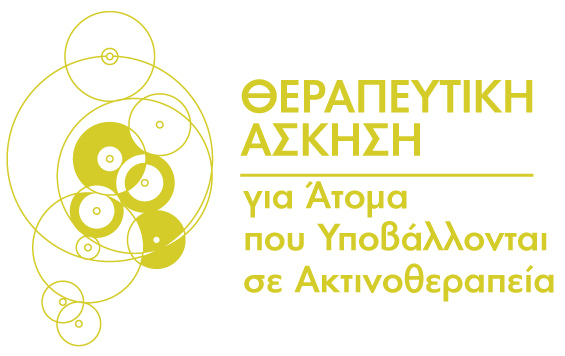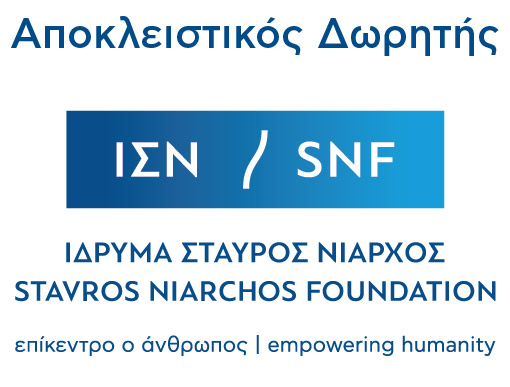Patients Undergoing Radiotherapy

Exercise in radiation therapy
If you are undergoing radiation therapy you are likely to experience common side effects of the treatment, such as fatigue, which makes you prefer rest over physical activity. In contrast, recent studies have shown that exercise benefits most people both during and after treatment. Being physically active can help manage the side effects of treatment, speed recovery and improve your quality of life. Exercise can even improve how you respond to treatment.
Today we know that the beneficial effects of exercise on cancer are not limited to general well-being benefits such as reducing anxiety, depressive symptoms and fatigue, but also to specific benefits. Specifically, it has been described that with exercise during the radiation therapy period, a number of changes occur in the microenvironment of the tumor, which are related to an improvement in the effectiveness of the treatments. During exercise, physiological and beneficial changes occur such as an increase in blood perfusion, oxygen consumption, body temperature and the secretion of hormones such as catecholamines and myokines. The above changes can positively affect the effectiveness of radiation therapy, while increasing the body’s overall tolerance to the treatment.
How does exercise affect cancer?
• Reduces the occurrence of predisposing factors that cause cancer.
• Positively affects the levels of hormones related to the appearance of cancer.
• Strengthens the body’s immune system against cancer cells.
• Improves symptoms of cancer-related fatigue.
• Limits the side effects of radiation therapy.
• It improves the patients’ quality of life, their self-confidence and their psychology, contributing to the prevention and recovery of the disease.
• Our aim is to create a personalized exercise program during radiation therapy, aimed at different ages and different levels of fitness.
Expected Outcome for Participants
The program will lead to an improvement in your physical and mental condition, a reduction in fatigue and an alleviation of side effects from the treatments.
The exercise features are designed based on the latest scientific information.
The strong points of the program are the easy access to the program and the application of personalized therapeutic exercise methods.
Indicative Mode of Operation of the Therapeutic Exercise Program
• Evaluation by a Physician, Physiotherapist and Physical Education Teacher.
• Monitoring of biochemical indicators at the start, during and at the end of the program.
• Anthropometric control and body composition.
• Assessment of fitness level.
• Program offer throughout the radiation therapy.
• The program will be applied before or after the radiotherapy session, 3 times a week, from the beginning to the end of the treatment cycle.
• Creation of an electronic medical record.
• Follow-ups with electronic quiestionnaires.
• At the end of each session, fatigue and performance will be recorded.
• Continuous feedback.
• Upon completion of the program, a three-month exercise program will be given with the aim of continuing the exercise.
• Re-evaluation at 3 and 6 months after completion of the program.
The Benefits of participating in an exercise program during Radiation Therapy
The fight against cancer is a long process. According to recent studies, a very small percentage of cancer patients participate in exercise programs despite the fact that adding exercise to a cancer patient’s daily routine has been shown to significantly improve their physical and psychological condition and in many cases increase life expectancy.
“Exercise is therapy” and patients need:
• Information
• Incentives
• Continuous Feedback
• Continuous Control
• Easy Access to Programs

